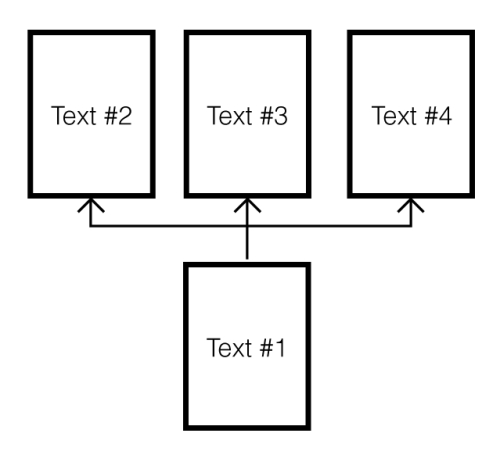Early prerequisites of adventure games can be found in postmodernist experiments with storytelling, which took place long before modern computers were born. Once writers understood that the structure of a book was not fixed, but could be very flexible, they were given a chance to create a new type of literature: non-linear stories with several plots. Readers only needed to get some new directions to work with chapters in a book; a new map to travel a book was required.

When you are talking about experimenting with a narrative, of course, the first name that comes to mind is that of the Argentine magician, a fabulous writer, Jorge Luis Borges. In 1941, he wrote a short story called An Examination of the Work of Herbert Quain where he talked about the literary heritage of a fictional novelist, who among others created a novel called April March. It featured a structure that can be called a tree of events. The plot can be constructed based on nine alternative beginnings...



